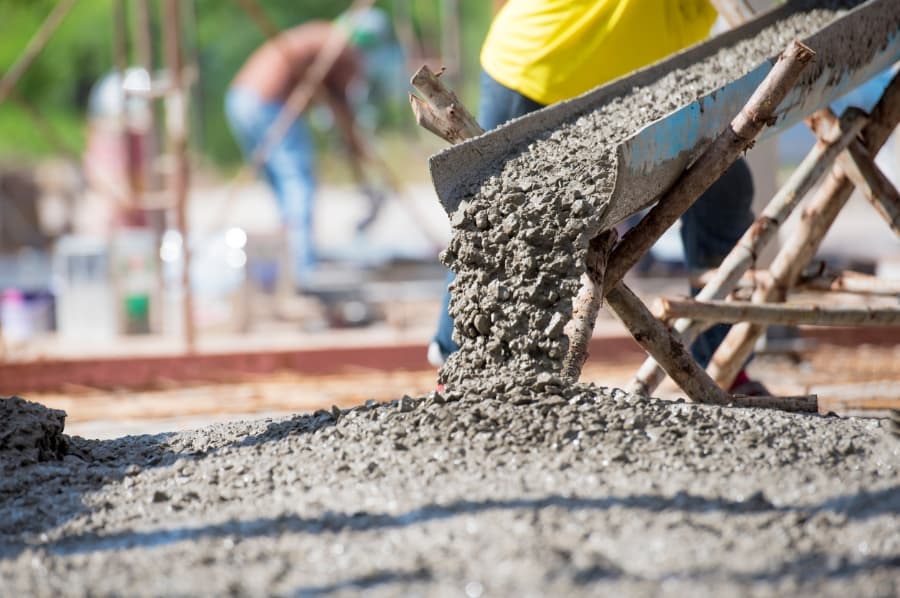
The Best Weather to Pour Concrete
Placing concrete is crucial to ensuring the strength, durability, and appearance of the finished product. Weather conditions significantly influence the success of a concrete project. This article explores the optimal weather for pouring concrete, focusing on temperature, humidity, and timing. Check about retaining wall repair seattle
Optimal Weather for Pouring Concrete
The best weather for pouring concrete features moderate temperatures, low humidity, and minimal wind. These conditions ensure even and consistent curing, resulting in a strong and durable product. Key points include:
Temperature
The ideal temperature range for pouring concrete is between 10°C (50°F) and 21°C (70°F). This range supports the necessary chemical reactions for proper curing.
Minimum Temperature: Avoid pouring concrete below 4°C (40°F), as the curing process slows, weakening the concrete. In cold conditions, insulated blankets or heated enclosures can help maintain the proper temperature.
Maximum Temperature: Pouring concrete above 32°C (90°F) can cause it to cure too quickly, increasing the risk of cracking and reducing strength. Using cool water in the mix or scheduling pours during cooler parts of the day can mitigate these risks.
Humidity
Low to moderate humidity is ideal for pouring concrete. High humidity slows evaporation, lengthening curing time and causing delays. Low humidity can cause the concrete to dry too quickly, leading to cracks and reduced strength.
Precipitation
Dry weather is preferable for pouring concrete. Excessive rain or snow can dilute the mix, weakening the finished product. If wet weather is expected, use temporary coverings or adjust the construction schedule to protect the concrete.
Wind
Calm conditions are ideal, as high winds can accelerate moisture loss, leading to rapid drying and potential cracking. Windbreaks or temporary barriers can reduce wind impact during the curing process.
Finding the Best Time to Pour Concrete
To determine the best time for pouring concrete, consider the following tips:
- Monitoring Weather Forecasts
Keep a close eye on local weather forecasts to plan your pour during optimal conditions, increasing the likelihood of success.
- Time of Day
Schedule your concrete pour during cooler hours, such as early morning or late afternoon, to avoid extreme temperatures.
- Seasonal Considerations
Spring and fall often offer moderate temperatures conducive to successful concrete pours. However, local climate variations should guide your planning.
- Flexibility
Adjusting your construction schedule based on changing weather conditions is crucial. Flexibility ensures that concrete is poured and cured under the best possible conditions.
Summary
Pouring concrete in the right weather conditions is essential for achieving a strong and durable result. Aim for moderate temperatures, low humidity, dry weather, and calm conditions. Monitor weather forecasts, choose the right time of day, consider seasonal variations, and remain flexible with your schedule to ensure the best outcomes for your concrete projects.
